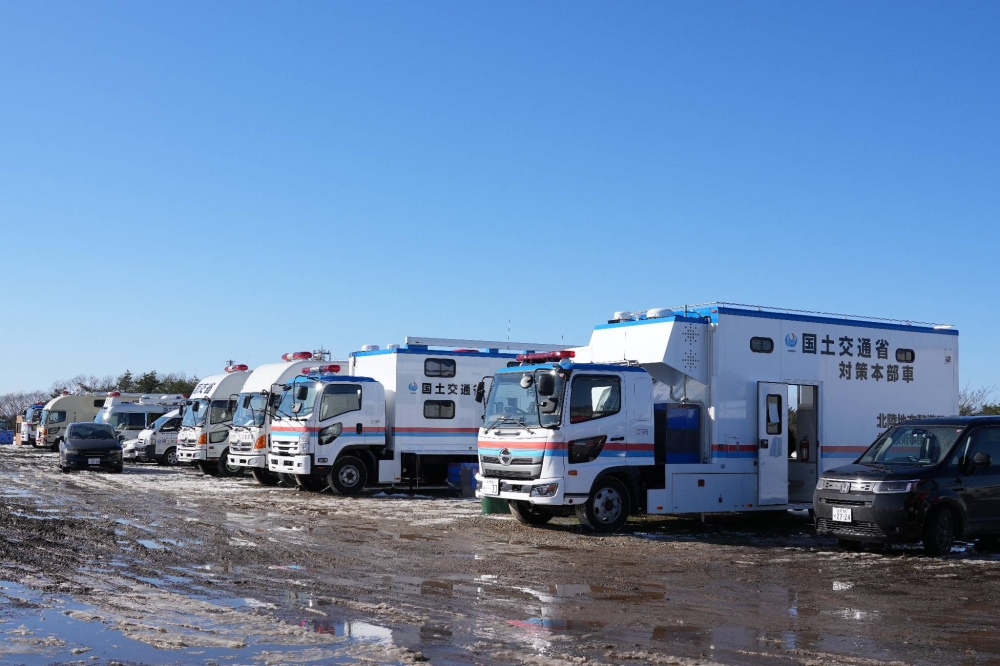As early as this fiscal year, the infrastructure ministry will select michi no eki roadside rest stations to serve as temporary shelters and bases for relief activities in times of disaster.
The ministry plans to increase the number of such roadside stations to about 100 from the current 39 so that each of the country’s 47 prefectures will have one or two.
Criteria for the designation will include proximity to expressway interchanges because selected michi no eki facilities are going to be used as transportation relay points for goods during a disaster or other emergency.
Such roadside stations — positioned as wide-area disaster preparedness bases in prefectural governments’ disaster management plans — must currently meet certain criteria, such as having a parking lot 2,500-square-meters or larger. In 2021, 39 roadside stations in 36 prefectures were selected.
After a powerful earthquake devastated the Noto Peninsula in Ishikawa Prefecture in January, the government and the Self-Defense Forces opened relief support bases at a roadside station at Noto Airport in the city of Wajima. The facility also took in people affected by the disaster, as it was stocked with emergency food and other provisions.
The ministry plans to designate more roadside stations as it prepares for future disasters.
It is considering additionally setting conditions for selecting roadside stations, such as being located within 5 kilometers of the nearest expressway interchange or proximity to other logistically important roads.
According to the ministry, 215 roadside stations across the country meet those requirements, and 186 of them have a parking lot 2,500 square meters or larger.
For additional selections, it will seek proposals from local governments that operate those facilities within fiscal 2024, which ends next March.
Subsidies will be provided intensively for selected facilities, which will be required to make efforts to stockpile emergency food and other items needed for temporary shelters.

